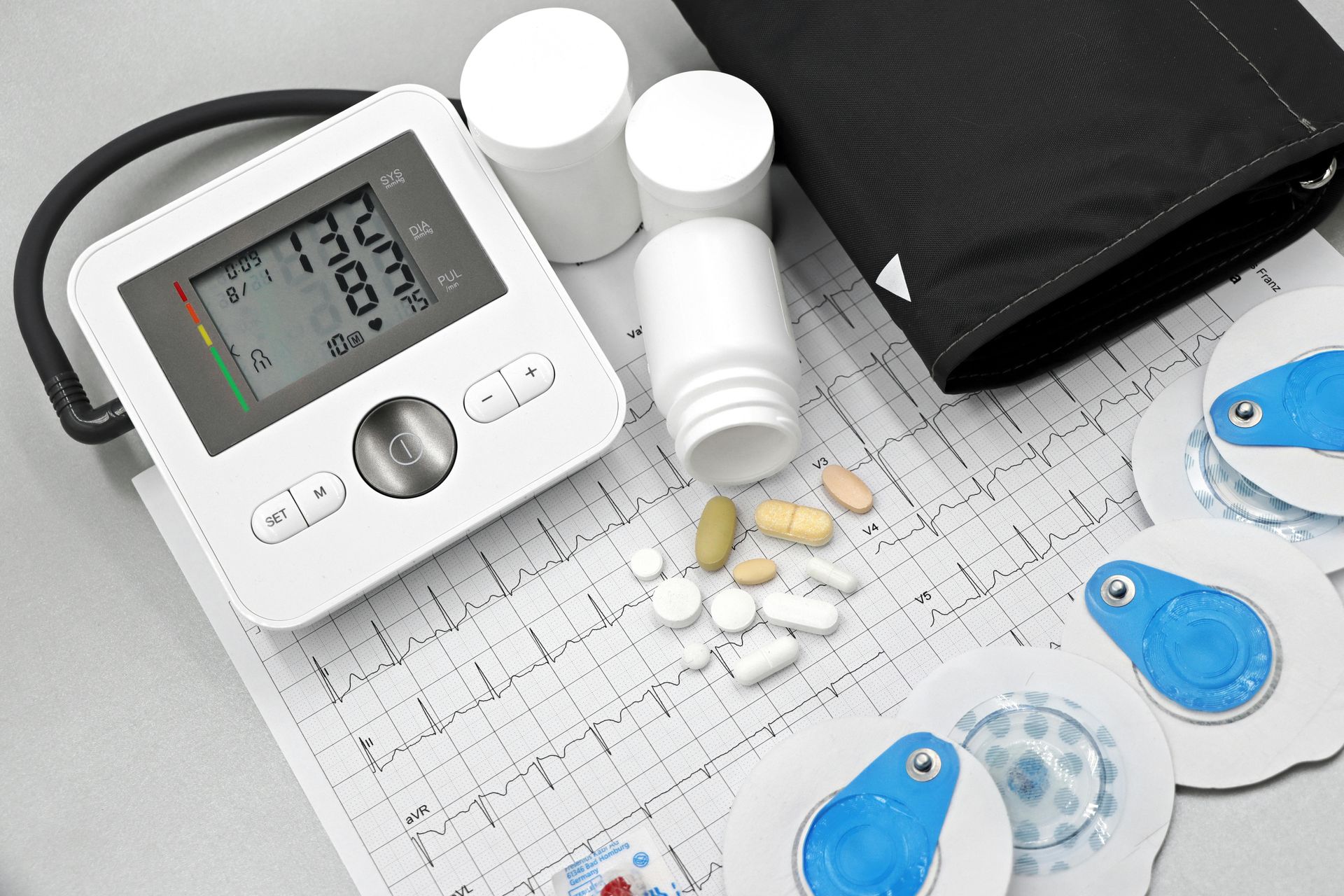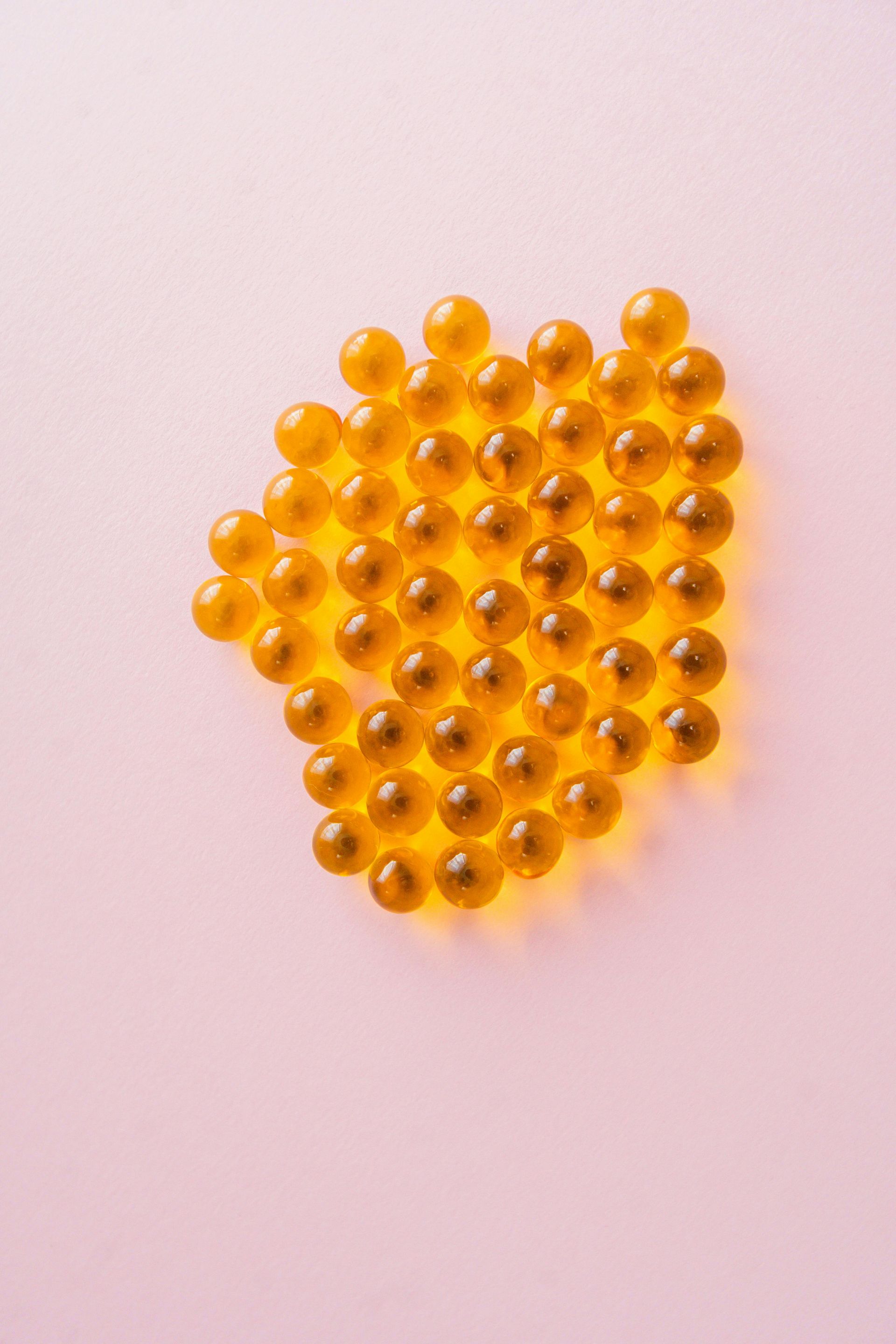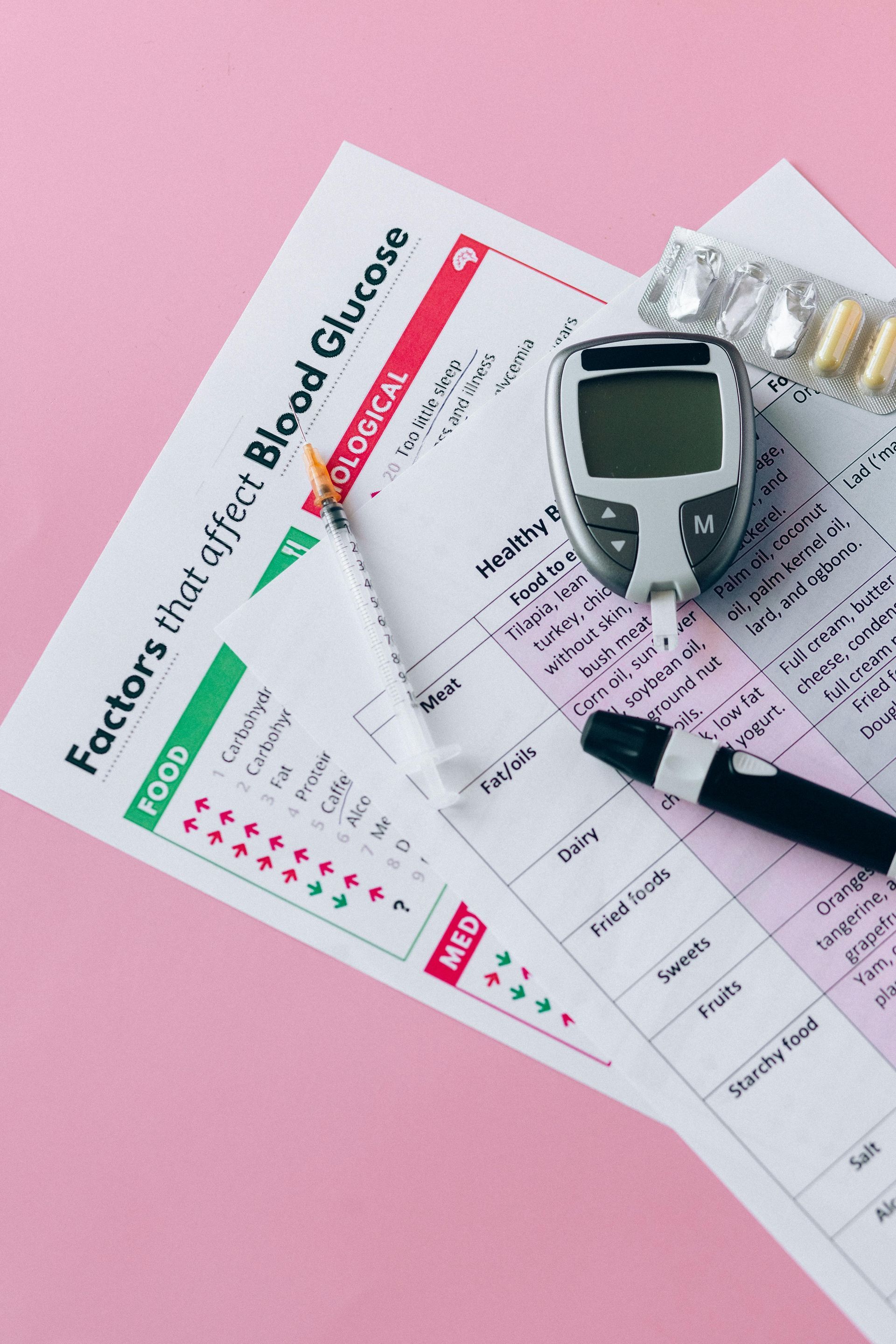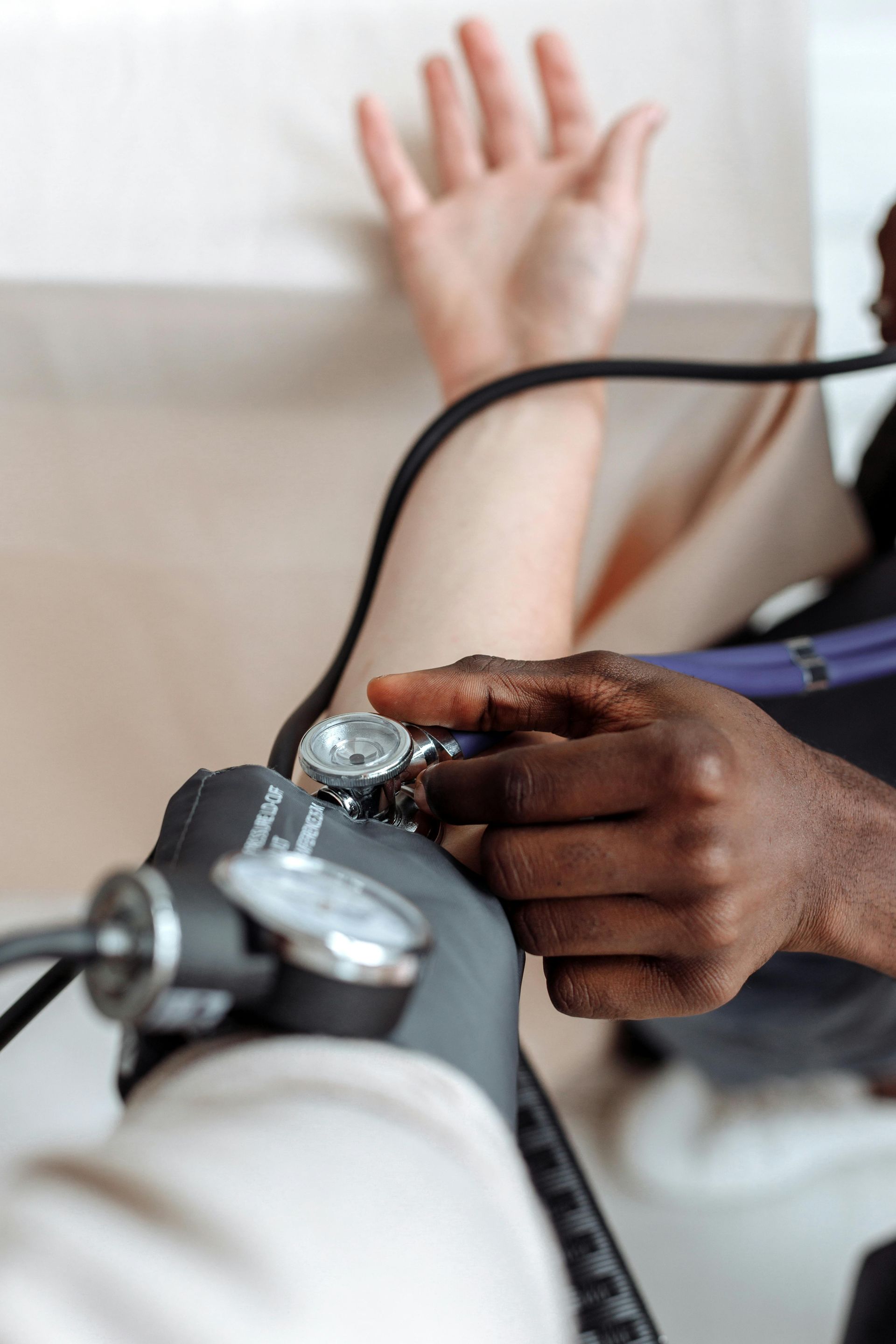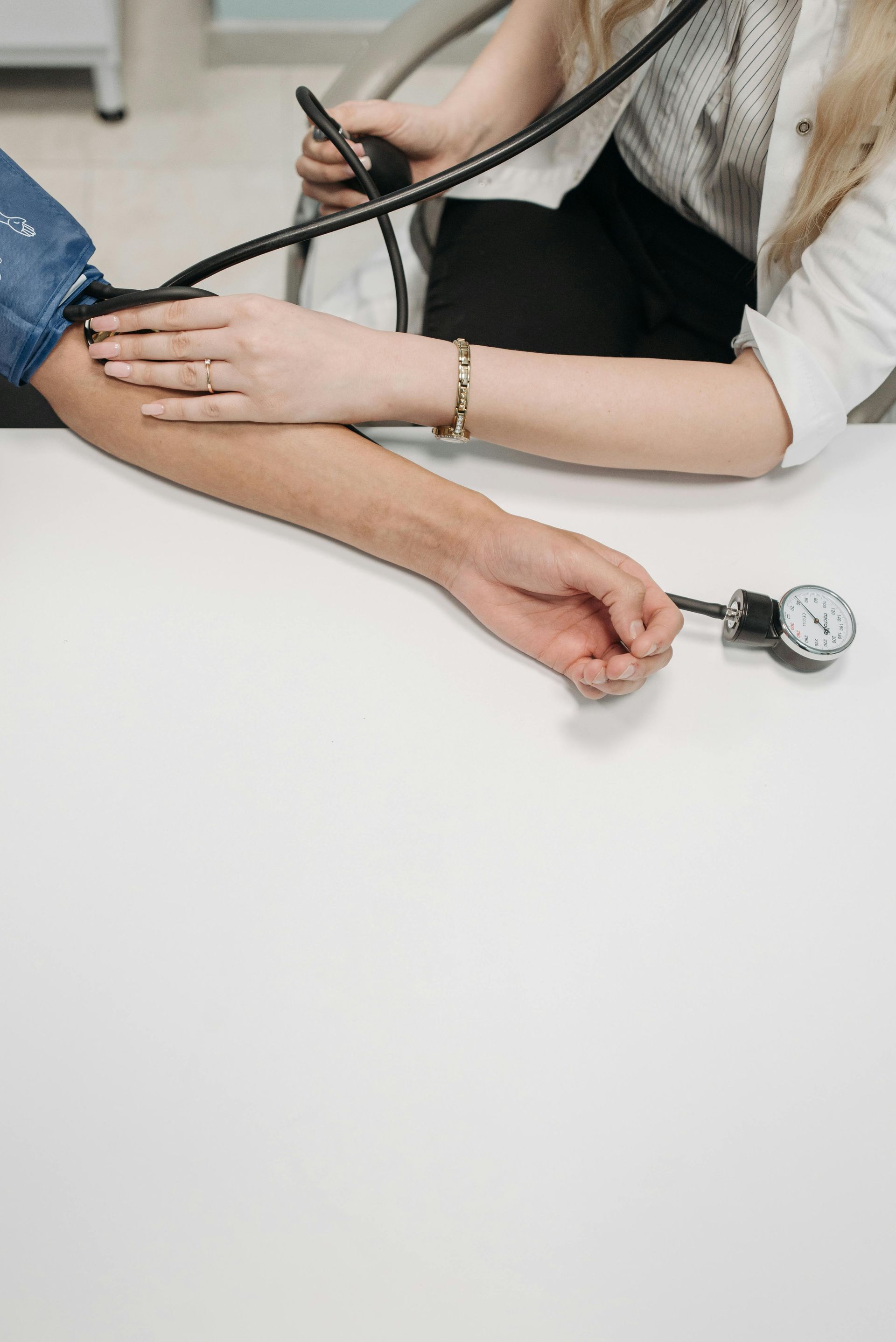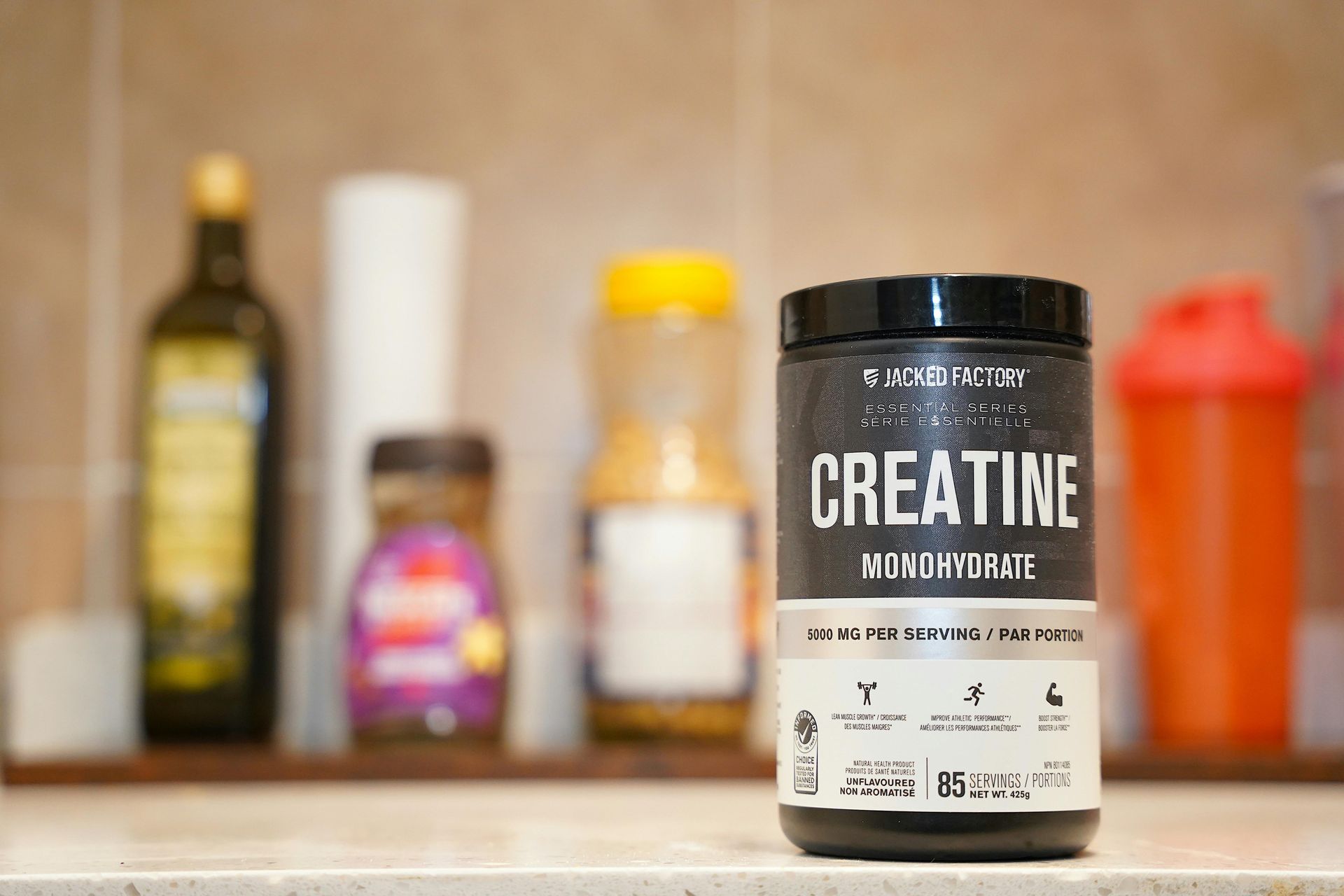Mohamad-Ali Salloum is a Pharmacist and science writer. He loves simplifying science to the general public and healthcare students through words and illustrations. When he's not working, you can usually find him in the gym, reading a book, or learning a new skill.
The Brain’s Hidden “Pain Switch”: A Breakthrough for Millions Living with Chronic Pain
Share
🧠 The Brain’s Hidden “Pain Switch” — a new way to think about chronic pain
When survival takes priority (like hunger or fear ), the brain can dampen persistent pain via Y1 receptor neurons in the lateral parabrachial nucleus (lPBN).
What did scientists discover?
Teams from the University of Pennsylvania, University of Pittsburgh, and Scripps Research identified an ensemble of Y1 receptor (Y1R) neurons in the lPBN that become persistently active during long-term pain—but are inhibited when need states like hunger, thirst, or threat arise.
🔎 See the “control tower” in context
The lPBN is a brainstem hub that integrates sensory input (including nociception) with affective/motivational states, helping the brain prioritize survival needs over ongoing pain.
How does this “switch” work?
When you’re hungry or threatened, neurons release neuropeptide Y (NPY) , which binds to Y1 receptors on the lPBN ensemble to reduce its pain-sustaining activity—allowing attention to shift toward survival.
🧪 Real‑life analogy
Dog starts chasing you → you sprint → your nagging knee pain fades for a moment. That transient relief reflects top‑down reprioritization via NPY→Y1 signaling.
“There are circuits in the brain that can reduce the activity of neurons that transmit the signal of pain.”
Why is this important?
Chronic pain affects tens of millions and can persist long after tissue healing. These findings shift focus from local tissues to central circuits that maintain the pain state—opening routes to biomarkers, brain‑targeted therapies, and NPY/Y1‑focused drug discovery.
- Reframe: Persistent pain can be a maintained brain state, not only ongoing damage.
- Targets: Y1 neurons and NPY pathways offer pharmacological and neuromodulation angles.
- Measurement: Imaging and electrophysiology could provide objective pain biomarkers.
What’s next in research?
Active directions include Y1‑selective ligands , NPY modulation , and circuit‑level biomarkers via imaging. Structural insights into Y1 receptor binding may accelerate rational drug design.
🧬 Drug & gene‑target ideas
- Small‑molecule or peptide agonists that bias Y1 signaling toward analgesia.
- Gene therapy concepts to enhance NPY availability in relevant circuits (preclinical).
- Closed‑loop neuromodulation using circuit biomarkers (emerging clinical tech).
Can we activate this switch naturally?
Some behaviors engage overlapping survival/attention circuits and may complement medical care. Evidence and plausibility suggest trying these, within personal limits and clinician guidance:
- Brief, intense exercise (30–120s bouts) to create a salient competing state. Low risk
- Mindfulness/attention training to down‑weight nociceptive salience.
- Cold exposure (short, safe, controlled) as a strong interoceptive signal.
- Time‑restricted eating (if appropriate) to tap hunger‑linked circuits.
These are adjunctive ideas—evidence is evolving; consult a clinician for chronic conditions.
🎯 Micro‑practice: 2‑minute focus shift
- Choose a gentle but attention‑capturing task (e.g., 60–90s brisk steps in place).
- During the bout, track breaths and footfalls (count to 100, reset, repeat).
- Notice pain before → during → 2 minutes after. Log any change in intensity or “presence.”
The big picture
This line of research reframes chronic pain as a prioritization problem in the brain. If we can safely harness the brain’s own circuits—the Y1 “hub” and NPY signaling—chronic pain may become far more manageable than we once thought.
References:
- Goldstein N, Maes A, Allen HN, Nelson TS, Kruger KA, Kindel M, et al. A parabrachial hub for need-state control of enduring pain. Nature. 2025;586(7962):9602. Available from: https://www.nature.com/articles/s41586-025-09602-x [nature.com]
- Peeples L. Brain area linked to chronic pain discovered — offering hope for treatments. Nature News. 2025 Oct 8; Available from: https://www.nature.com/articles/d41586-025-03272-5 [nature.com]
- Nelson TS, Sinha GP, Santos DFS, Jukkola P, Prasoon P, Winter MK, et al. Spinal neuropeptide Y Y1 receptor-expressing neurons are a pharmacotherapeutic target for the alleviation of neuropathic pain. Proc Natl Acad Sci U S A. 2022;119(46):e22043228. [jstor.org]
- Betley JN, Goldstein N, Taylor BK. Scientists uncover the brain’s hidden pain switch. SciTechDaily. 2025 Oct 13; Available from: https://scitechdaily.com/scientists-uncover-the-brains-hidden-pain-switch/ [scitechdaily.com]
- Taylor BK, Nie AA. The pharmacotherapeutic potential of neuropeptide Y for chronic pain. J Intern Med. 2025; doi:10.1111/joim.20118. Available from: https://onlinelibrary.wiley.com/doi/epdf/10.1111/joim.20118 [onlinelibr....wiley.com]
- Park C, Kim J, Ko SB, Choi YK, Jeong H, Woo H, et al. Structural basis of neuropeptide Y signaling through Y1 receptor. Nat Commun. 2022;13:28510. Available from: https://www.nature.com/articles/s41467-022-28510-6 [nature.com]
- Neuroscience News. Hunger, fear, and the brain’s hidden switch to turn off chronic pain. Neuroscience News. 2025 Oct 8; Available from: https://neurosciencenews.com/hunger-fear-pain-brainstem-29792/ [neurosciencenews.com]
- ScienceDaily. Scientists discover brain circuit that can switch off chronic pain. ScienceDaily. 2025 Oct 10; Available from: https://www.sciencedaily.com/releases/2025/10/251009033126.htm [sciencedaily.com]
List of Services
ABOUT THE AUTHOR
Mohamad-Ali Salloum, PharmD
Share
Recent articles:
















